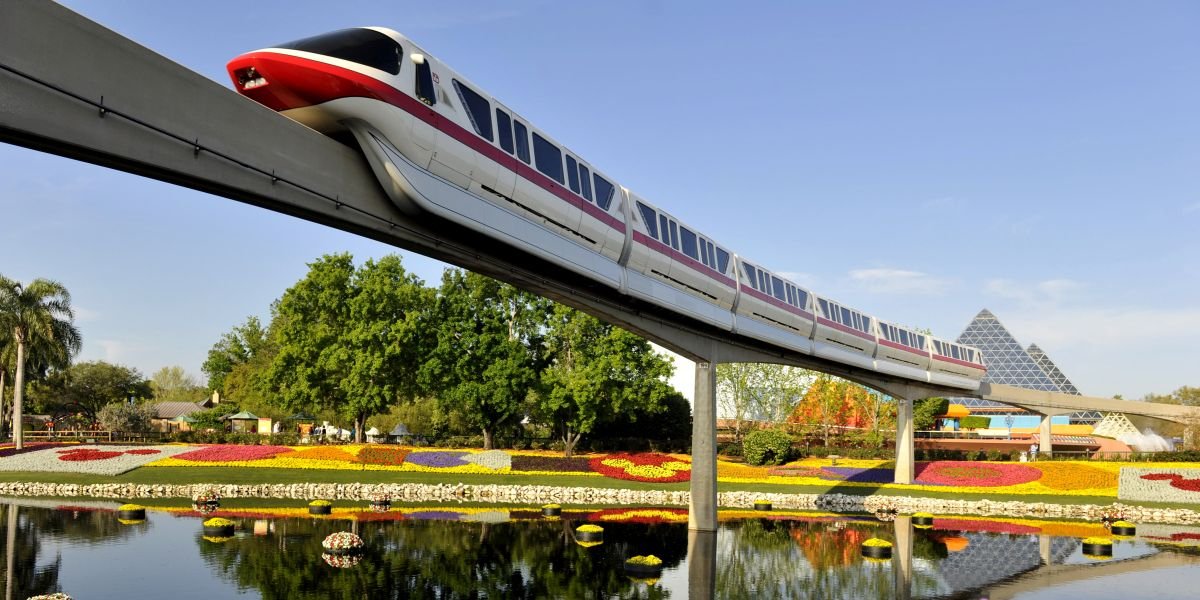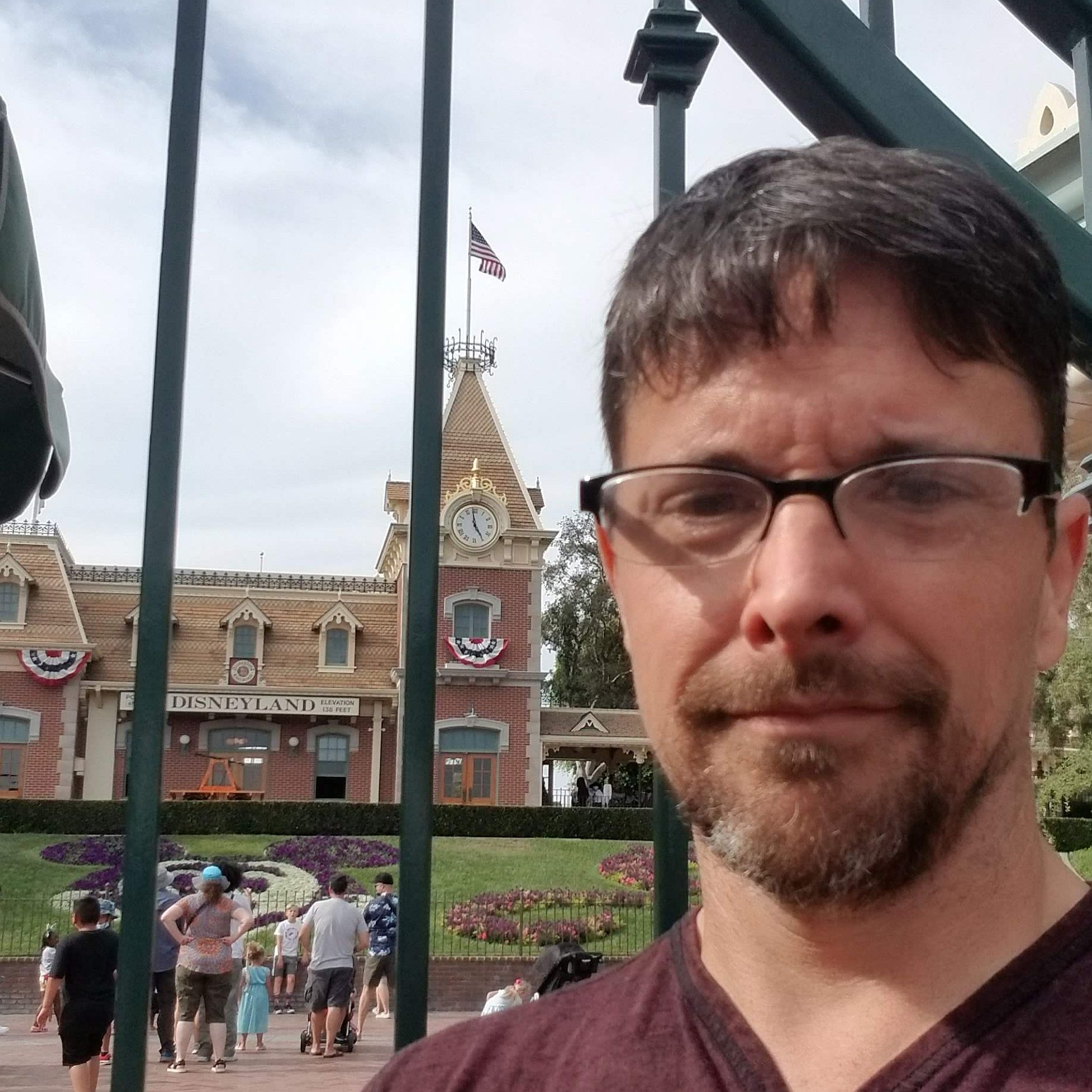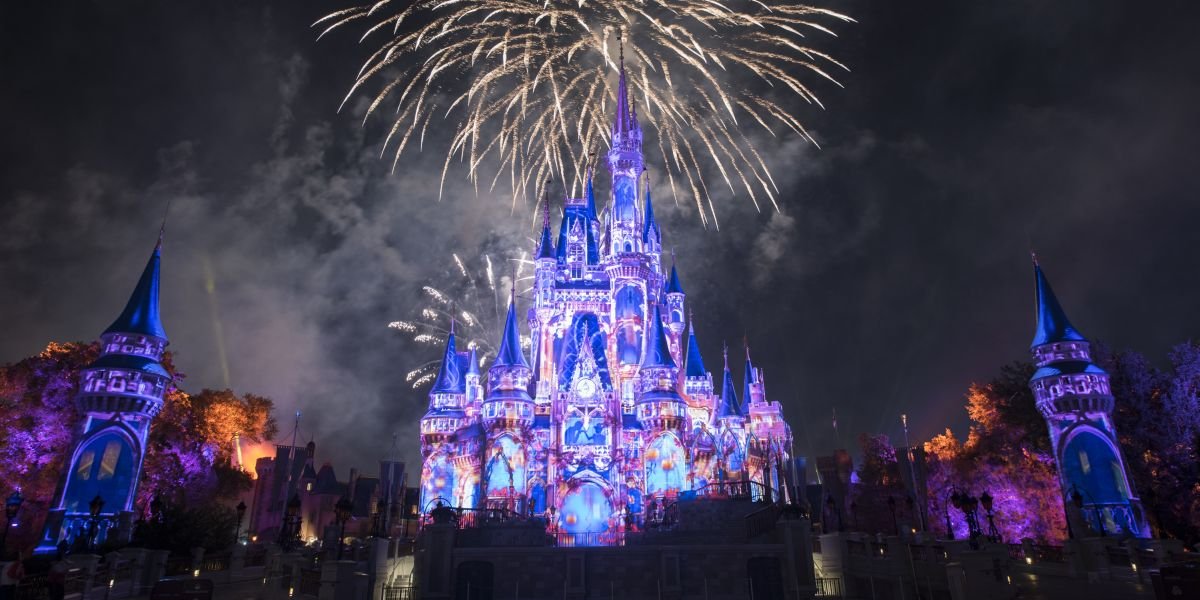Why Walt Disney World’s Original Plan Never Could Have Worked


The fall of 2021 will mark the golden anniversary of one of the most popular vacation destinations in the world, Walt Disney World. However, if we turn back the clock just a little bit father, then today, November 15, is actually the 55th anniversary of the day the general public first learned about Walt Disney's plans to construct something that was being referred to as Disney World. It was on that date, at a press conference in Florida, that Walt and Roy Disney confirmed what had already been speculated for some time: that the Walt Disney Company had been buying up swamp land in Florida in order to built something even more massive in size, and ambition, than Disneyland. It was a potentially revolutionary idea... that was never going to work.
What Walt Disney World is today is no less an impressive creation, but it's but a mere shadow of what Walt Disney originally wanted to make. He didn't simply want to build the premier vacation destination in the world; he wanted to change the way people lived he wanted to plan the perfect city. It was a noble ambition, and a lot of what Walt Disney proposed for Disney World (his first name wasn't added to the project until after he died) would have pretty damn amazing if it could have been done, but that simply wasn't possible.
What Was Disney World Originally?
What we think of as Disney World today is theme parks and hotels, and the hotels basically only exist to serve the theme parks. And while a Disneyland-like theme park was always part of the plan for Disney World, it was only a small part of the larger plan. Really, the only reason Walt Disney bothered with the theme park was that it would provided the revenue stream he needed to do everything else he wanted. The real focus of Disney World was that it was to be a functioning city, but a nearly completely self-sustaining one, where the people who lived there also worked there, and everything they needed could be obtained without the use of cars.
As such, the real focus of Disney World was Walt's Epcot, the Experimental Prototype City Of Tomorrow. Epcot wasn't just a city, but one that would use the all the newest technology in order to help make life easier for the residents. That is an absolutely wonderful dream, but if it had actually happened, it would have likely become a nightmare.

Technology Is Always Changing
If you've ever been to Tomorrowland at either Disneyland or Walt Disney World, then you know for every piece of it that looks like it could be foretelling the future, there's another that is already dated. This has been an ongoing problem with the parks and was already the case even 10 years after Disneyland was opened. Walt's city of the future was supposed to stay at the cutting edge of technology by providing the people who lived there with the newest products. The idea was that companies that had offices and factories in the commercial section of Disney World would use the homeowners in the residential area as a test lab. They would see the future of consumer products before the rest of the world.
The problem is that technology changes pretty fast. The 1960s may not have been producing a brand new iPhone once a year, but things were still changing quickly. While getting the newest television or washing machine every year might seem like a great thing, would homeowners really want people invading their homes every few months to install some new device when the old one worked just fine? And that's assuming the new one worked. New technology can be buggy, and so if a perfectly functional dishwasher gets replaced by one that breaks down, people will not be happy. This would have been a logistical nightmare.

It Could Have Collapsed Too Easily
With the whole focus on new technology and the residents of Walt's city being used as a test audience, it's clear that industry was going to play a big part in the city of tomorrow. There was going to be an entire commercial segment of Epcot, and the idea was that the people who lived in the city would all have jobs in this area. The city was designed to be pedestrian friendly, with citizens getting between work and home via automated peoplemovers. Walt thought that reliance on the automobile was ruining cities, and thus he didn't actually want people who lived there to even own cars.
Your Daily Blend of Entertainment News
There's a lot to love about this concept, but it's incredibly precarious. Imagine if one of these companies that employed a large percentage of Epcot citizens went out of business. Technically, under Walt's rules. the people wouldn't even be allowed to live in the city anymore. But if a large percentage of people left the city to find work, and no business was there to pick up the slack, what happens to everybody else? The insulated and focused approach of Epcot that had been one of its most interesting feature becomes the thing that destroys it.

Walt Wanted Total Control
The biggest issue with Walt's version of Walt Disney World was that he had planned it all out to such small detail that he could leave anything up to chance. Everything had to work exactly the way he wanted it to, or the entire thing might fall apart. Some elements of this plan weren't necessarily outside the realm of feasibility. Disney pushed for the creation of the Reedy Creek Improvement District, a municipality in Florida that would encompass all of Disney World. This would give the company a large degree of autonomy when it came to handling many of the things normally being done by cities, including everything from trash collection to a fire department.
The problem with the whole thing was that once you included other people in the mix who were expected to live in the city, they wouldn't want to live in a place where they couldn't make decisions. People would want to vote on the direction of the city, but if they did that, it would ruin Walt's plan. This particular point was brought up prior to Walt's death, and the tentative solution was to change the city from one where people lived permanently to one where they only lived for a few months before making way for others. Without permanent residency, Walt could still have the control he felt he needed. It was a solution that created many of its own problems.
Walt Disney revolutionized multiple industries in his life. He changed animation and filmmaking as a whole, and he basically invented the theme park industry. You would have been crazy to bet against him entirely. But there was simply too much going against everything that Walt wanted to accomplish with Disney World. Still, it is a beautiful dream. It's a place I would certainly love to live if it could really exist. Although, I suppose I still would be happy if I lived at the Walt Disney World that we got.

CinemaBlend’s resident theme park junkie and amateur Disney historian, Dirk began writing for CinemaBlend as a freelancer in 2015 before joining the site full-time in 2018. He has previously held positions as a Staff Writer and Games Editor, but has more recently transformed his true passion into his job as the head of the site's Theme Park section. He has previously done freelance work for various gaming and technology sites. Prior to starting his second career as a writer he worked for 12 years in sales for various companies within the consumer electronics industry. He has a degree in political science from the University of California, Davis. Is an armchair Imagineer, Epcot Stan, Future Club 33 Member.

